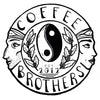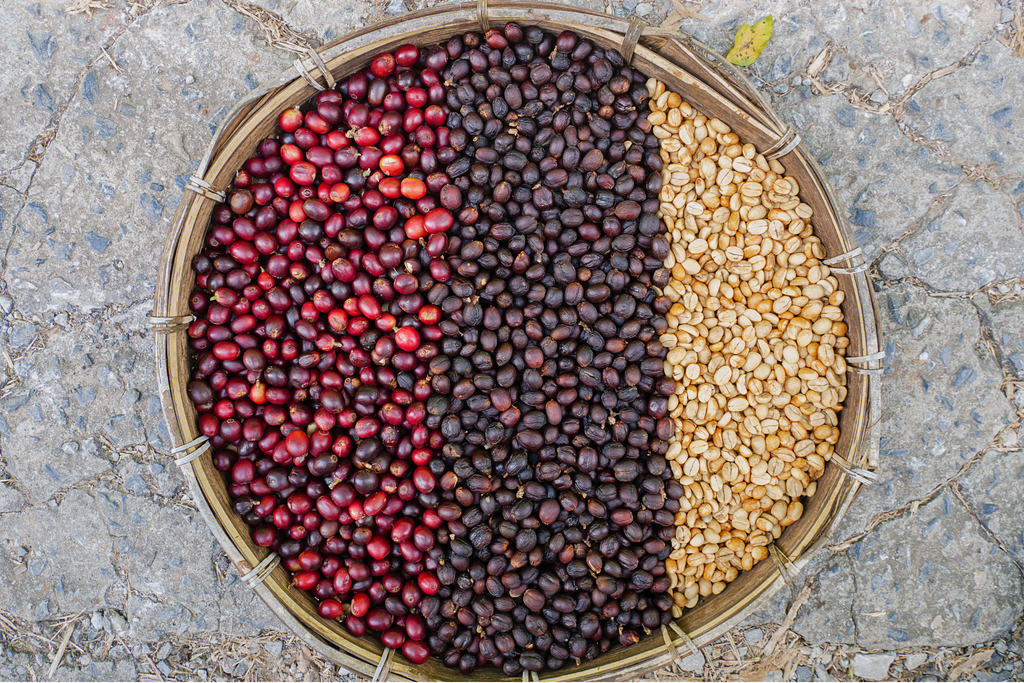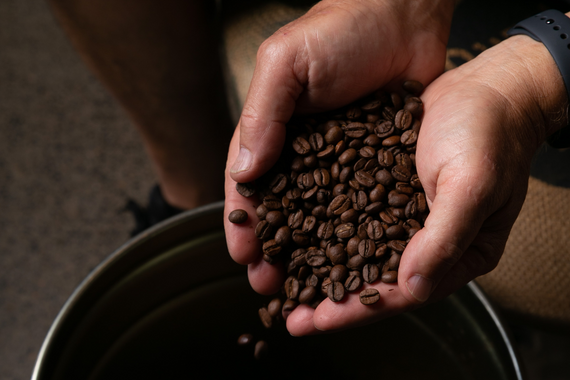You've heard us talk about roasting, but what happens long before the beans even hit our roastery? At the heart of every great coffee is a crucial, sun-drenched process: drying.
Think of coffee drying as the most patient step in the journey from cherry to cup. After harvesting and initial processing, the beans (still inside their protective parchment or full cherry) are carefully laid out to reduce their moisture content. The way this is done—the method, the time, and the care—has a massive impact on the final flavor.
Let's explore the three primary sun-drying methods and how they shape the coffee you love.

1. The Washed (Wet) Process
This is the method behind some of the world's cleanest and brightest coffees. The fruit and sticky mucilage are removed from the bean through fermentation and washing before they ever touch the sun.
- Drying Time: 7–15 days.
- What's Drying: Only the parchment-covered beans.
- Flavour Impact: This method is all about clarity. It produces coffees with a clean, crisp, and bright acidity, allowing the true character of the coffee's origin to shine through.
2. The Natural (Dry) Process
This is coffee drying at its most traditional. The whole coffee cherries are spread out on patios or raised beds and dried in the sun for an extended period.
- Drying Time: 2–6 weeks.
- What's Drying: The entire coffee cherry.
- Flavour Impact: Because the bean stays in contact with the fruit for so long, it absorbs the sugars and flavours. This results in coffees with a heavier body and bold, fruity, and sweet notes that can sometimes have a wine-like character.
3. The Honey (Pulped Natural) Process
The Honey Process is a beautiful blend of the two methods above. The skin of the cherry is removed, but some or all of the sticky mucilage (the "honey") is left on the bean during drying. The amount of mucilage left determines the type of honey process, from "White Honey" with very little mucilage to "Black Honey" with the most.
- Drying Time: 1–3 weeks.
- What's Drying: The parchment-covered bean and a layer of sticky mucilage.
- Flavour Impact: This method creates a balanced and juicy cup. The more mucilage left on the bean, the sweeter and more complex the final flavor will be, with notes often described as layered and honey-like.
The Final Touch: Why Time in the Sun Matters
The total time the coffee spends in the sun is a critical variable that requires great skill. A quicker drying time (7–10 days) reduces the risk of mould and creates cleaner but simpler flavours. A slower, more careful drying time (up to 30 days or more) allows for the development of a deeper sweetness and complexity, but it demands constant monitoring to ensure a perfect result.
At Coffee Brothers, we appreciate every detail that goes into our coffee, from the farm to the roast. It's this dedication to the craft that ensures every cup you brew tells a story of its origin—from the rich soil to the final, sun-kissed bean.
Ready to taste the difference?
➡️ Explore our range>





Leave a comment